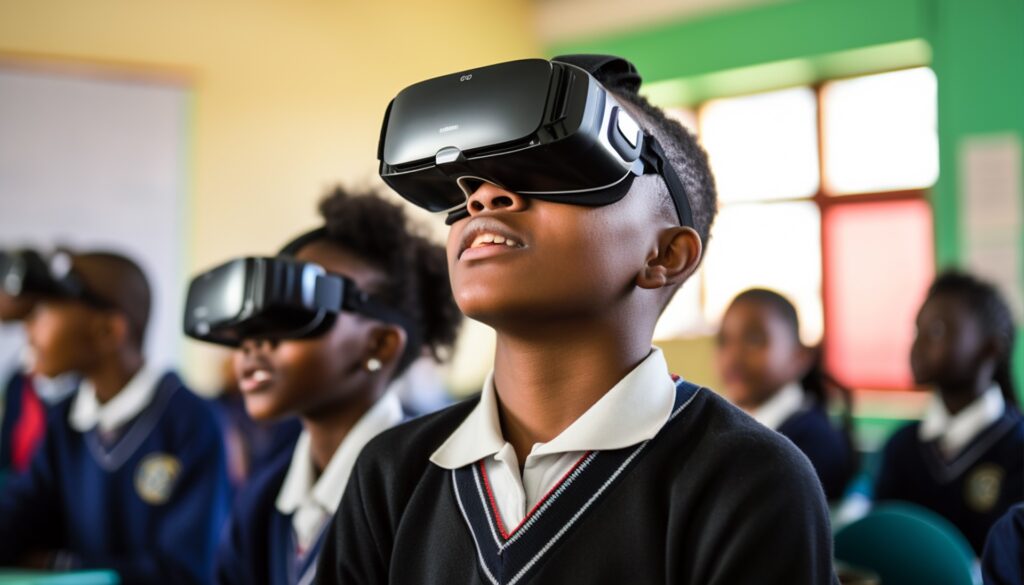
Virtual Reality in Education
In the digital age, education is evolving rapidly, and one of the most transformative technologies at the forefront of this change is Virtual Reality (VR). In this article, we’ll explore how Virtual Reality in education is reshaping the educational landscape, unlocking new possibilities for engaging and immersive learning experiences.
Unveiling the Potential of Virtual Reality in Education
Virtual Reality in education is a technology that immerses users in a computer-generated environment, offering a sensory-rich and interactive experience. When integrated into education, VR brings a host of advantages that enhance engagement, comprehension, and retention.
Advantages of Virtual Reality in Education
-
- Immersive Learning: Virtual Reality creates immersive educational environments where students can step inside the subjects they are studying. Whether it’s exploring the human body’s intricacies or revisiting historical events, students engage with the material on a deeper level.
- Enhanced Engagement: VR captivates students’ attention through multi-sensory experiences, maintaining focus, and fostering a stronger connection with the subject matter.
- Global Accessibility: Virtual Reality transcends geographical barriers, making educational experiences available to students worldwide. This inclusivity democratizes access to quality education.
- Safe Exploration: VR enables students to explore potentially dangerous situations or environments safely. For instance, students studying biology can interact with wildlife without any real-world risks.
- Personalized Learning: Educators can customize lessons in VR to cater to individual learning styles and paces, ensuring each student receives the level of challenge and support they require.
Applications of Virtual Reality in Education
-
- Virtual Field Trips: Virtual Reality allows students to embark on virtual field trips to historical sites, museums, and ecosystems around the globe, providing an enriched and accessible learning experience.
- Interactive Science Experiments: Students can perform virtual science experiments, providing them with the opportunity to observe and manipulate variables within a controlled environment.
- Language Learning: Language learners can engage in immersive conversations with virtual native speakers, accelerating language acquisition.
- Historical Reconstructions: VR can reconstruct historical events, enabling students to witness crucial moments and gain a deeper understanding of history.
- Skill Development: Virtual Reality is used for training in various fields, such as aviation and healthcare, offering realistic simulations for skill development.
Conclusion
Virtual Reality in education is a revolutionary force offering dynamic and immersive learning experiences. As technology advances, the potential applications of VR in education are limitless. Whether you are a student eager to explore new realms of knowledge or an educator seeking innovative teaching tools, Virtual Reality is expanding horizons and reshaping the way we approach learning. Embrace this educational revolution and embark on a journey of discovery through the immersive world of Virtual Reality in education. The future of learning is here, and it’s as boundless as the imagination.
